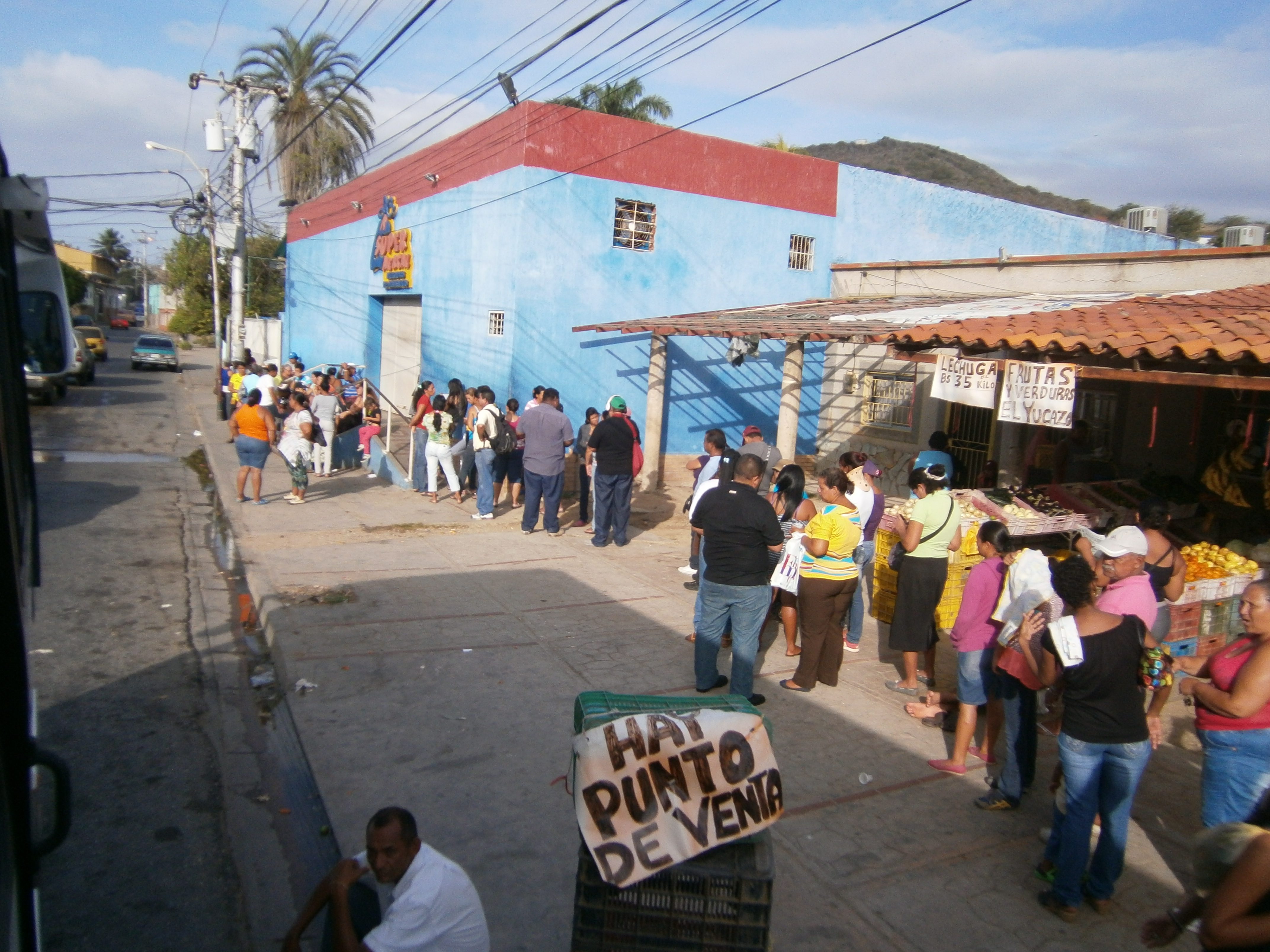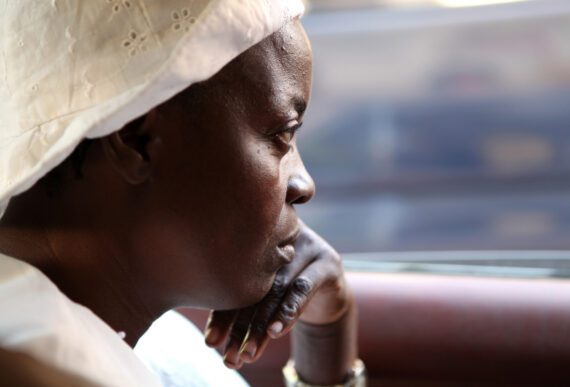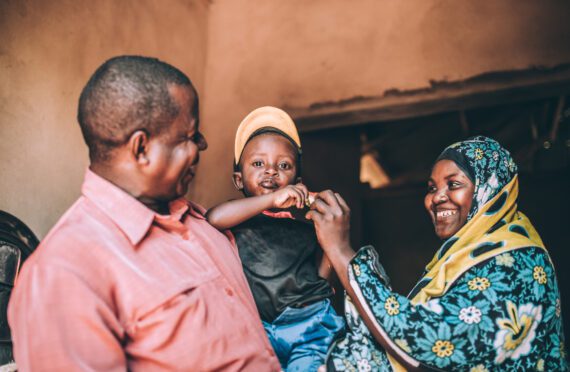Editor’s note: This post is part of a weekly, year-long series called the Nourishing Effect. It explores how hunger affects health through the lens of the 2016 Hunger Report. The report is an annual publication of Bread for the World Institute.
By Derek Schwabe
Venezuela’s recent precipitous economic collapse, sudden descent into hunger, and ensuing frenzy of violence, looting, and riots is only the latest in a series of record-breaking economic failures and conflicts that have displaced more people worldwide than in any period in recorded history.
Today, World Refugee Day, The U.N. High Commissioner for Refugees pronounced 2015 the worst year for global displacement of people ever—with a record-breaking 65.3 million people forced to leave their homes. That’s more than the populations of Canada, Australia, and New Zealand combined. The rise has overwhelmed a beleaguered global humanitarian aid system, which remains severely underfunded, despite repeated pleas for more support from wealthy countries. Millions of previously food-secure people worldwide now face severe food insecurity, malnutrition, and in some cases, starvation.
Ongoing, decades-old wars in places like Afghanistan and Somalia, combined with a dramatic rise in reignited conflicts and situations of economic and climate insecurity, are causing the refugee boom. Though Syria remains the largest, most severe conflict, wars have broken out in the past five years in South Sudan, Yemen, Burundi, Ukraine, and Central African Republic, while thousands of people have fled raging gang and other violence in Central America.
The situation in Venezuela prompts a new level of distress in a middle-income country with the world’s largest oil reserves, a country that just last year was considered relatively stable, evidenced by the fact that it did not appear on the World Bank’s list of fragile states. The number of Venezuelans seeking asylum in the United States has soared this year in a country that took in over 200,000 refugees itself only a few years earlier in 2013. The following except from the 2016 Hunger Report explains the gnarled interconnectedness of hunger and civil conflict, and why neither can be solved in isolation:
“Every day,” the U.N. reported in 2015, “42,000 people on average are forcibly displaced and compelled to seek protection due to conflicts, almost four times the 2010 number of 11,000.” Conflicts are treacherous situations for everyone, including aid workers. In 2014, there were 190 major attacks on aid operations, down from 264 in 2013. But the reason for the decline was the reduced presence of aid agencies due to safety concerns—which also, of course, reduces their ability to help those in need.
Hunger is both a cause and an effect of civil conflict. In Syria, conflict broke out against the backdrop of a devastating drought that lasted from 2006 until 2010. The drought destroyed the livelihoods of more than half of the country’s farmers and herders, and, by 2009, 80 percent of the cattle in the country had died. A wave of migration from the rural areas into cities fanned the flames of longstanding political grievances, exacerbated by the Syrian government’s ineffectual response to the food security crisis caused by the drought. The link can also be seen in northeast Nigeria, where fighting between Boko Haram militia forces and government forces has led to rising food prices as farmers abandon their land and flee the violence. As shown in the graphic below, food price spikes in Nigeria from 2000 to 2013 closely track the intensity of the country’s armed conflicts.
Even as global hunger and poverty continue to decline, the global community cannot ignore people trapped in places such as northeast Nigeria, Syria, and now Venezuela. The need for humanitarian assistance has soared. The world has been shocked by a series of humanitarian crises and more refugees than at any time since World War II. As the SDGs were being negotiated, there was a constant chorus of nongovernmental organizations shouting from the sidelines, “Leave no one behind.” If the SDGs are to live up to their promise of ending hunger and extreme poverty by 2030, there can be no dodging the most difficult challenges.
Italicized text above originally appeared in Chapter 3 of the 2016 Hunger Report: The Nourishing Effect. Read the full report and find references for the information shared above at hungerreport.org.
Derek Schwabe is a research associate at the Bread for the World Institute



